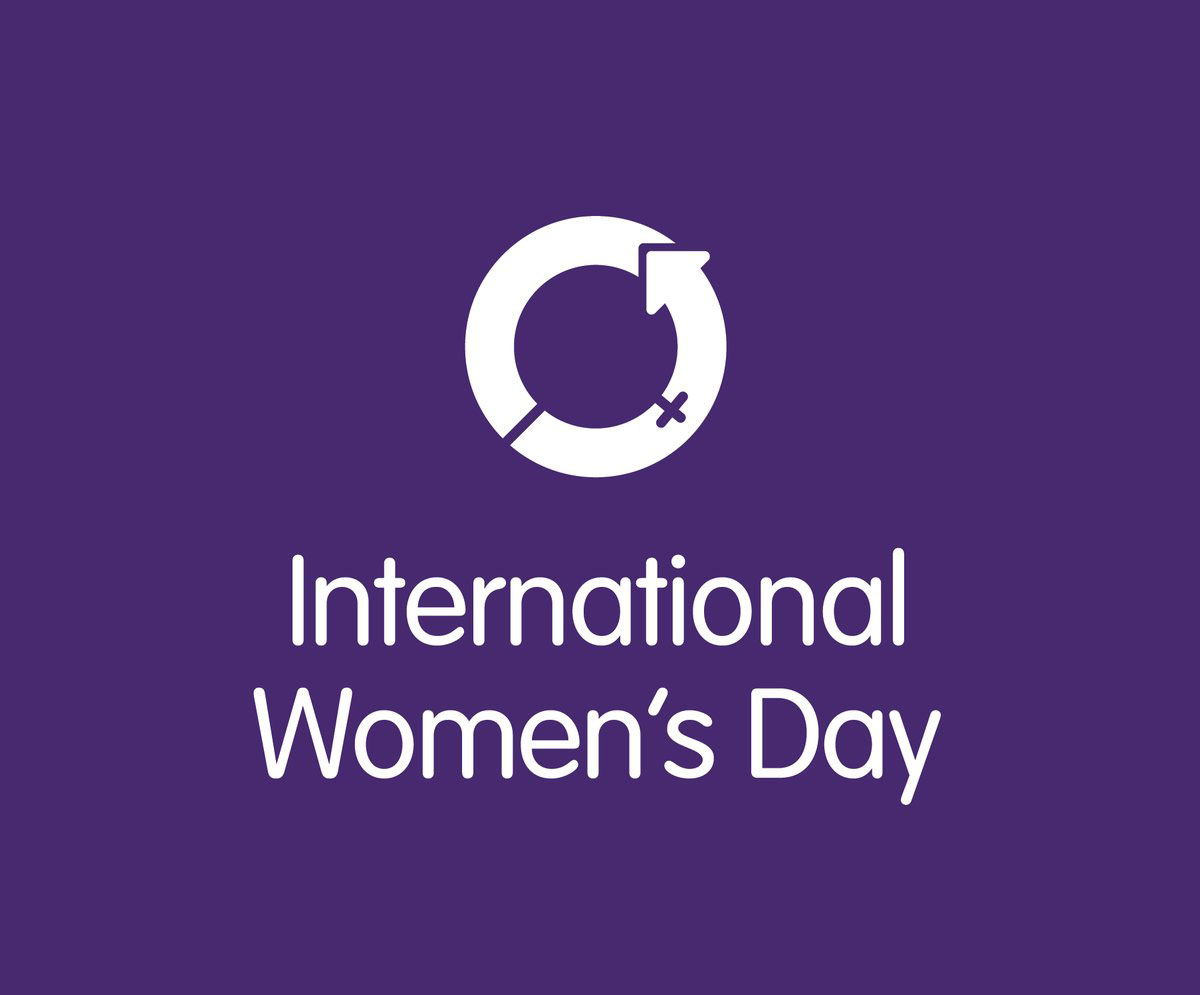By Eileen Nchanji and Lilies Gachanja
Gender inequality in access to technologies, financial services, information and productive resources is not new. In as much as women face more constraints than men, men also face peculiar constraints and need to be empowered as well. Now, more than ever, there is a strong call-to-action to press forward in progress towards achieving gender parity. This is a call for a united front by all stakeholders (farmers, traders, processors, private sector, government, researchers, development agents) to influence change wherever they are and in all they do for progress that works for all. The highlight for the day is through collective and shared action we can achieve gender parity.
In line with this, CIAT gender specialist Eileen Nchanji and Scolastica Wambua of Kenya Agricultural and Livestock Research Organization (KALRO) visited farmers in Nakuru, Kenya to explore the different gender dynamics or nuances in this farming community. We realized that gender dynamics at farm and household levels are not the same everywhere. We were able to identify three cases, even though there are many more, on how households manage farm and household roles and responsibilities. In the first farming household the man and wife’s main occupation is farming, They, collectively decided on production activities and the benefits after sale, even though their participation in these different activities varied.
In the second household the woman works as a matron while the husband is primarily a farmer. The man makes all the decisions on farm activities and benefits after sale based on an agreed plan and vision with his wife. The woman is only informed later about these decisions, since she is away from home and the farm.
In the third household the woman is single and relies only on her farm for income and nutrition. She makes all farm and household decisions on how the benefits accrued from the sale of her crop is used. If she cannot carry out an activity she hires labour.
Decision making in the three households was done differently and the question always is which one is the best to emulate? Do we all need to be around before any farm or household decision is made? We live in a society where things are not set in stone and so things are not always straightforward. These nuances are what makes life different and interesting. If there is an agreement in a household on how farm and household activities should be carried out as in household two, then it does not matter if the man alone makes the decisions and informs the wife as long as it falls in line with the vision of the couple. Collective decision making is ideal but must not always be the norm as individuals should be able to make decisions in absence of a partner. Partnership is key and we need to press for this if we want to transform the agricultural sector and get benefits like improved nutrition and health, increased income and general wellbeing.




